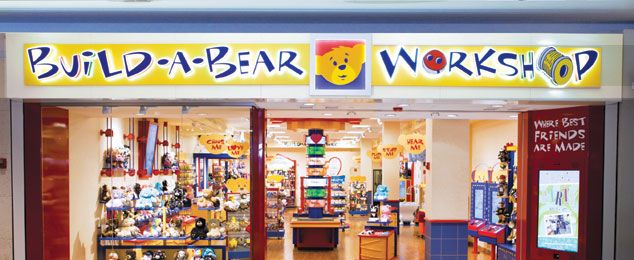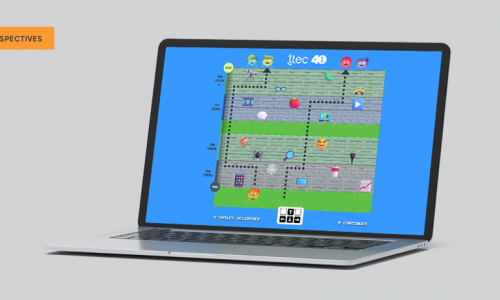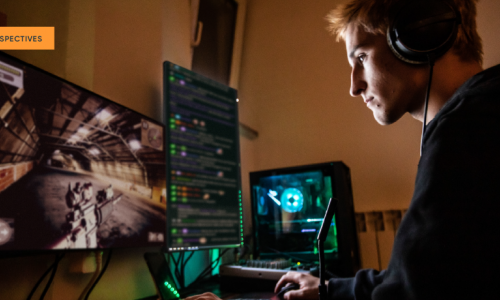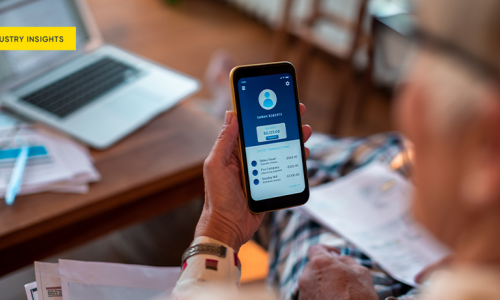Sixteen years ago, Maxine Clark took her friend, Katie, shopping to get a stuffed animal. When they got to the store, there were none left. "We should just make our own," said Katie. Clark took the idea a step further, imagining a store focused on the experience and engagement of individual customers. Build-A-Bear Workshop was born.
Clark has served as the company's leader and Chief Executive Bear (CEB) since its inception in 1997. Build-A-Bear Workshop now has more than 400 retail outlets around the world and generated nearly $400 million in revenue in 2012. It consistently ranks on Fortune magazine's Best 100 companies to work for, and in 2005 Fast Company named Clark a customer-centered leader.
Clark's passion is to enable experiences internally and externally to make advances in a number of areas. This summer she is stepping down as CEB to focus on experiential education initiatives. She will remain on the board and assist incoming CEO Sharon Price John through the transition. Here, Clark shares insights on how developing a customer-focused culture leads to a successful business model, and how the next generation of Build-A-Bear Workshop will evolve while staying grounded in its core business strategy.
Customer Strategist: The Build-A-Bear Workshop model is extremely personalized. Customers literally walk through the process of making their own individual bear, then make a wish and give it a "heart" to bring it to (imaginary) life. The company's success is rooted in imagination and experience. How do you involve the customer in the business?
Maxine Clark: We've always been a customer-centric organization. Since our inception, we've been all about the guest experience. I believe that we don't sell products, we sell smiles. To do that, we need to create a trusted relationship with customers. They are always present in our business. Not everyone buys a bear all the time. When adults can't afford to buy a bear, for instance, we give them things like sticker sheets and pins for their kids.
We constantly engage customers in storytelling about their experiences. We encourage them to write us letters, send us photos, and post stories about their adventures with their animals on our website. We read letters from kids in every corporate meeting. We make ourselves available to customers. I give out my email so people can contact me directly.
We hire and promote Build-A-Bear Workshop employees and managers who have the personality needed to maintain that customer-focused culture in all aspects of the business. We conduct group interviews that use visualization techniques to help potential employees see themselves through the eyes of a child before they are hired. Our store employees are the closest to the customers, so they know they have a very important job to keep the culture going. And in many cases, customers feel so connected it's like they're family.
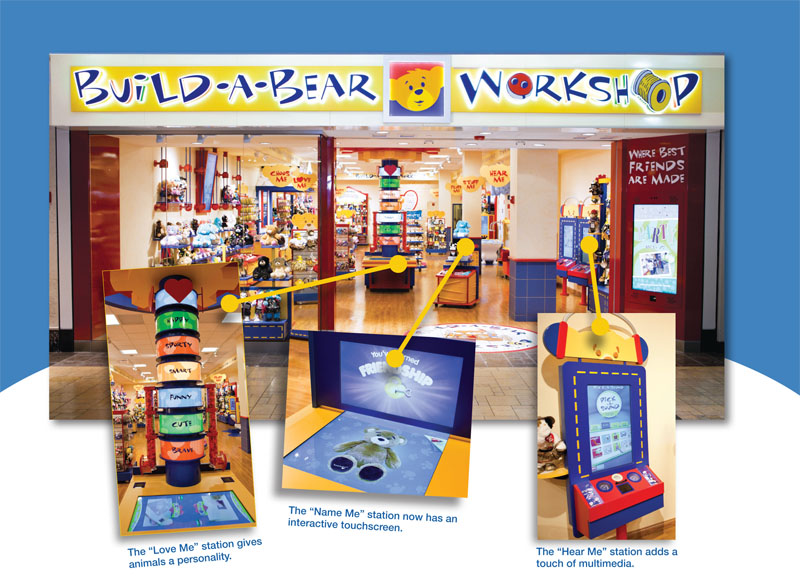
CS: What are some ways you have operationalized this ongoing dialog with customers and parents?
MC: We want to keep customers engaged with the brand. Our philosophy is one of give and get: we encourage parents to give us their information so we can deliver relevant permission-based communications to them.
In the store, we sell clothing and other add-ons for our animals. We have loyalty programs and automated gift cards to simplify the shopping experience. Our Bearville.com website lets children create virtual versions of themselves and their animals, and interact with each other online. As part of the site, Bear University has become a place where kids teach one other about things like how to manage virtual money.
Also, each of our animals is made with a unique bar code that is placed inside of it when it's made. We also give each animal a "birth certificate" with that number so it is tied to the purchaser. Found animals can be returned to the store where we can contact the person who lost it. More than 6,000 lost animals have been reunited with their owners over 16 years.
And, critical to our success is our team of child "Cub Advisors" who provide feedback and ideas on new animals, as well as other products and services. Most recently, they played a significant role in helping design our new interactive stores of the future. We will open 25 of these newly imagined stores in 2013. The idea is to make the store more experiential and tech-focused using iPads, Microsoft Kinect, and other technologies.
You don't have to have all the ideas. Let customers give you ideas. It's not about being psychic. We are just really good listeners.
CS: Why do you put so much emphasis on understanding customers?
MC: We work primarily with children, and when adults listen to them, they appreciate it. When I was a child, I was acknowledged by adults, and I believe that helped boost my confidence as I grew up. Build-A-Bear Workshop wants to be good role models to children. The part we play with guests is helping them use their imagination. It's up to the child to create whatever they want.
CS: This summer you are transitioning out of the CEO role, which will be taken over by Sharon Price John, a former executive at Stride Rite and Hasbro. What does the next generation of Build-A-Bear Workshop look like?
MC: The company has generated $5 billion in sales over 16 years. Our success is attributed to the personal connection we create with customers, and the experience they have of making a new best friend. Sharon's experience in retail and in the children's market is great. We think a lot alike, but we also think differently. I want the business and the legacy of Build-A-Bear Workshop as an experiential and engagement leader to last forever. She will treat and care for it in a different way, but with the same customer-focused engine at its core.



